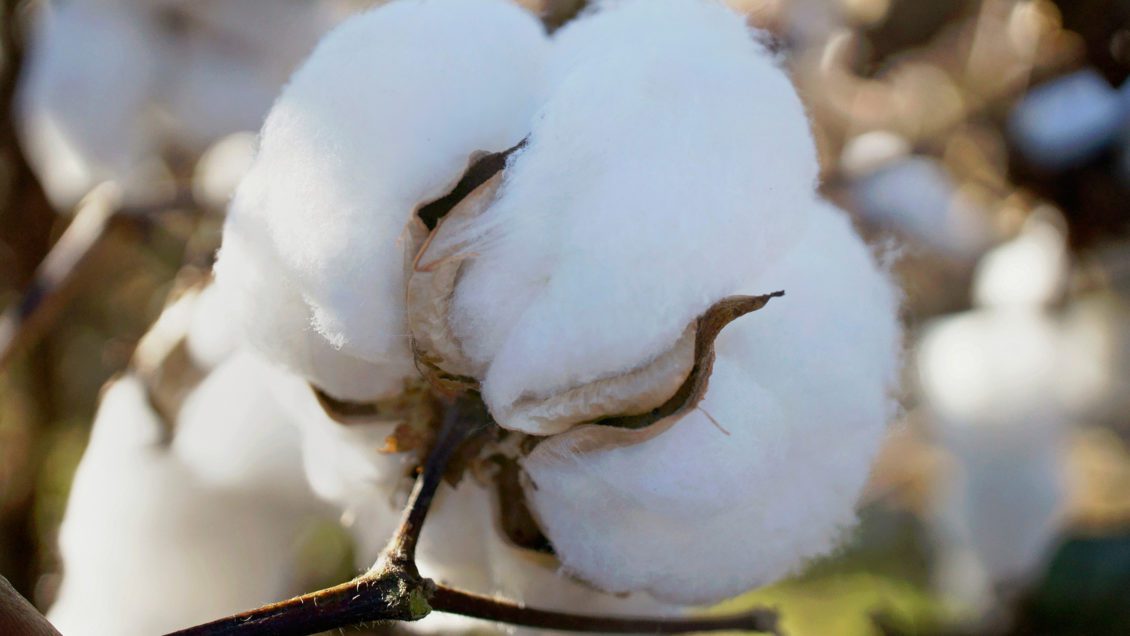South Carolina cotton farmers will receive the latest updates on one of their oldest enemies this month in a meeting on the Boll Weevil Eradication Program in the state.
The meeting Thursday, March 10 in Cayce, S.C., will include updates from the S.C. Boll Weevil Eradication Foundation, the Southeastern Boll Weevil Eradication Program and Clemson University Extension, research and regulatory programs.
“The Boll Weevil Eradication Program is one of the most successful such efforts ever devised against an invasive agricultural pest. Cooperation among farmers and others in the cotton industry as well as researchers, regulatory officials and Extension professionals is key to that success,” said Steven Long, assistant director and state plant regulatory official in Clemson’s Department of Plant Industry. “We appreciate input from all who are involved in this extensive effort.”
The meeting will begin at 10 a.m. at the Farm Bureau Office located at 724 Knox Abbott Drive in Cayce. Registration is not required.
The meeting begins at 10 a.m. and will provide brief reports of activities associated with the Boll Weevil Eradication program during the growing season. The board of directors will meet immediately following this meeting to discuss the South Carolina program budget, the 2021 assessment rate and the regional program expenses/progress and how they affect the state’s program.
For more information, contact the South Carolina Boll Weevil Eradication Foundation at plantindustry@clemson.edu, or (864) 646-2140.
When the boll weevil invaded the United States near the start of the 20th century, it crippled the American cotton industry. Farmers fought back with heavy doses of pesticides. But the Boll Weevil Eradication Program, first organized more than 30 years ago, combined coordinated pesticide applications with baited traps to methodically drive the insect back to Mexico.
An early warning system of weevil traps was established wherever cotton is grown — an essential precaution because boll weevils are highly mobile insects.
The last boll weevil caught in South Carolina appeared in 1997, almost certainly a hitchhiker that took a ride on farm equipment coming from another state.
Re-infestation of the pest would be devastating to the economy. A traditional staple of the South Carolina economy, cotton is the state’s most valuable field crop and routinely covers 300,000 acres.
“The vigilance of the Boll Weevil Eradication Program is essential to protecting our cotton industry,” Long said. “Regular input from farmers and industry keeps it capable of defending against this pest.”

